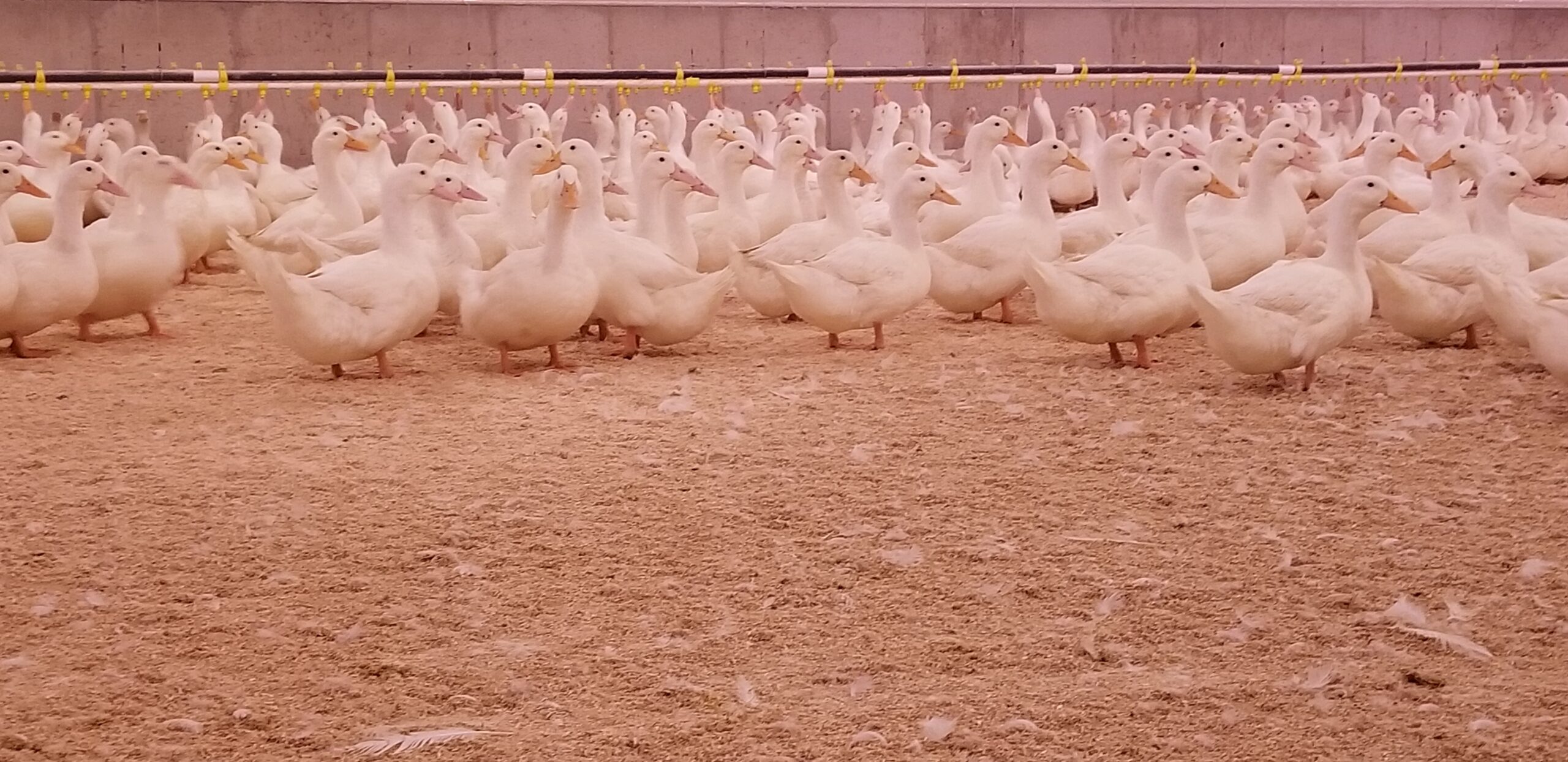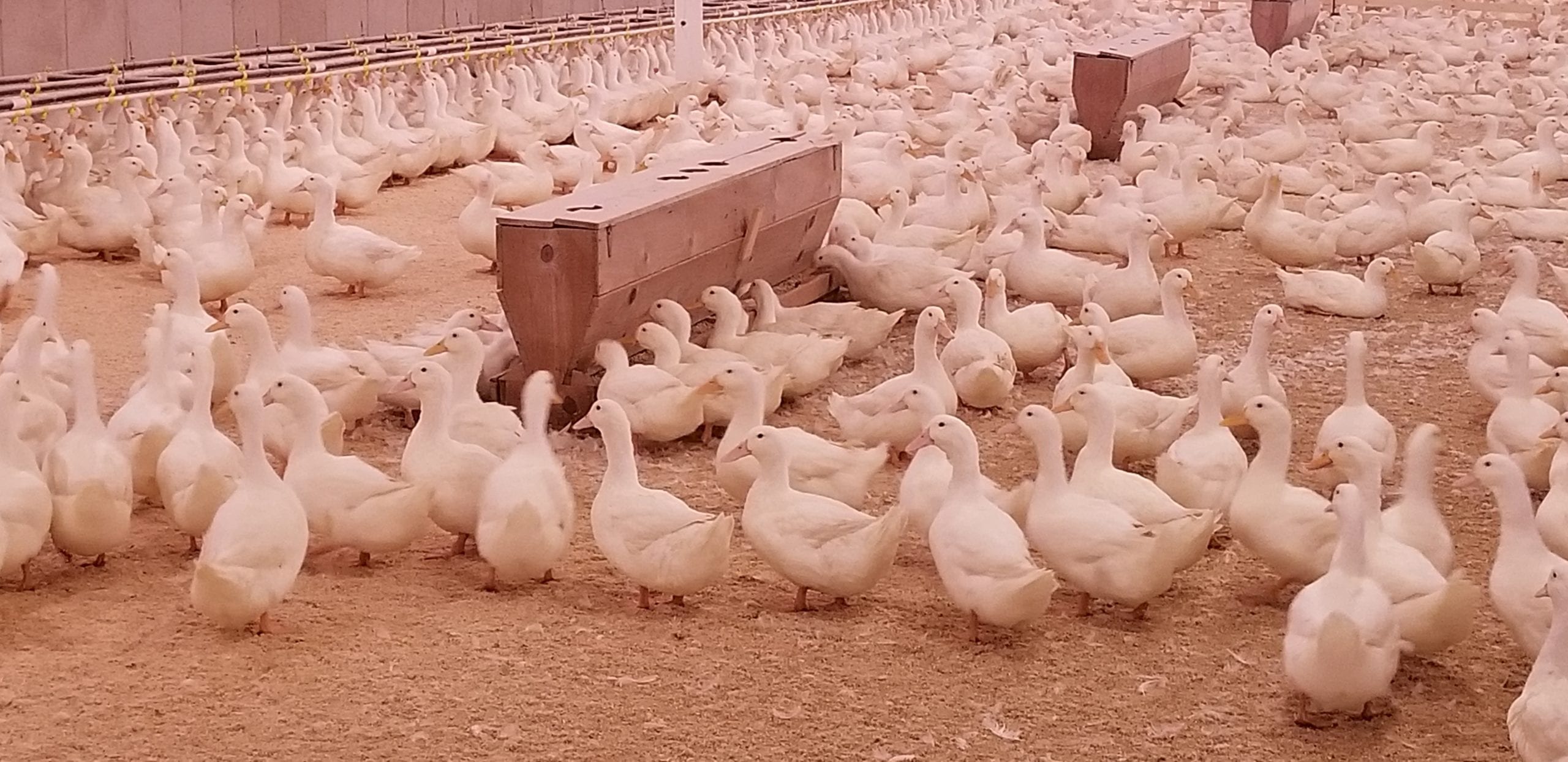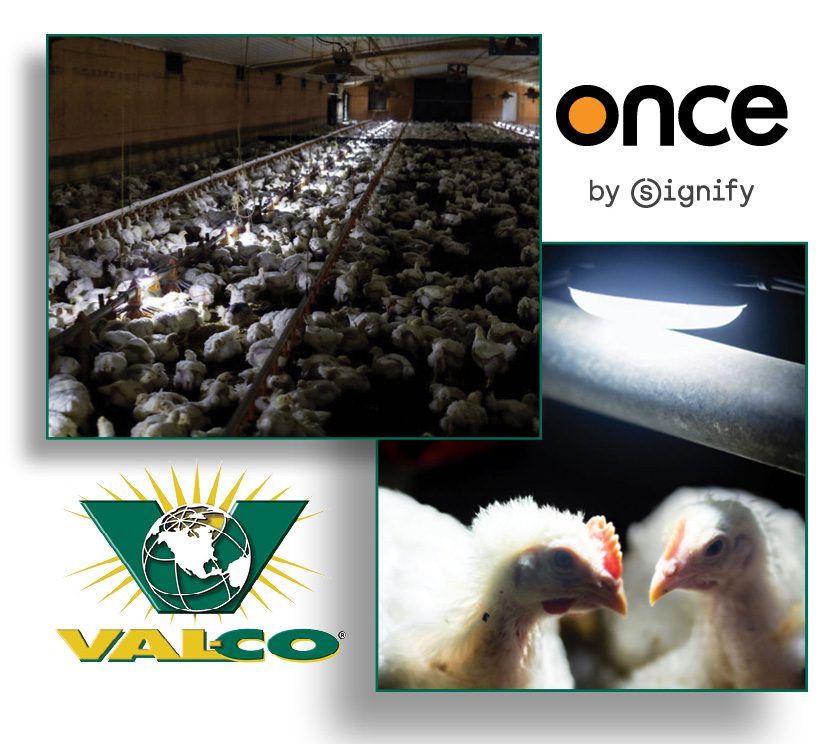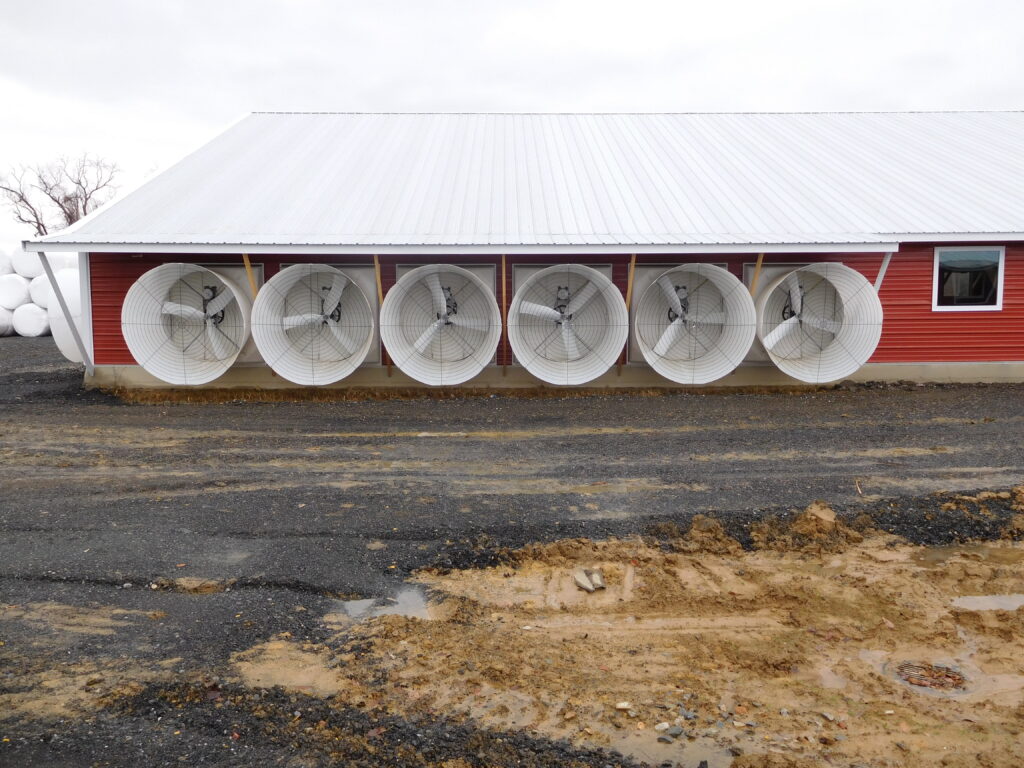The “Duck” stops here….
 When you think of the word “duck”, what is the first thing that comes to mind? For some of you, it probably sends you into “hunting mode” and you are making a beeline for the gun safe…sorry, that season is still several months away. But “Hey Jack”, we will have a great excuse to “social distance” ourselves when this fall comes around! For others, when hearing the word “duck”, it may mean we flip on the TV and try to catch a rerun of one of the best family shows (in my opinion), Duck Dynasty. But today, we are going to learn what it means to raise ducks commercially and how it compares to other species in the poultry sector.
When you think of the word “duck”, what is the first thing that comes to mind? For some of you, it probably sends you into “hunting mode” and you are making a beeline for the gun safe…sorry, that season is still several months away. But “Hey Jack”, we will have a great excuse to “social distance” ourselves when this fall comes around! For others, when hearing the word “duck”, it may mean we flip on the TV and try to catch a rerun of one of the best family shows (in my opinion), Duck Dynasty. But today, we are going to learn what it means to raise ducks commercially and how it compares to other species in the poultry sector.
Did you know that ducks have three eyelids? They have the top and bottom, as most animals, and the third is on the side of the eye. This eyelid acts as “goggles” for the duck while its head is under water. Ducks also have a 340-degree pan of vision and can sleep with one eye open, if they are in a potentially harmful situation. Another interesting fact is that ducks feet can never get cold, which is why they are more adaptable in cold conditions versus chickens. This is possible because ducks do not have blood vessels or nerves in their feet, therefore they can’t feel the cold. For more interesting facts, feel free to scroll through the links attached above.
While these fun facts may be good campfire talk (remember, 6’ distancing), there are a few production differences between a duck and a chicken that I felt interesting enough to mention today. The first is around water. Ducks use a tremendous amount of water compared to what chickens need – and it’s not even for swimming! With this extra water being consumed, this poses the issue of how to handle the “extra water” in the environment. Considering the amount of water the ducks are defecating back onto the floor, most duck producers must spread bedding (shavings, rice hulls, etc.) daily to ensure floors stay dry. Since ducks can cover more ground than chickens, a common application is to have all the watering on one side of the house and placed over a slatted floor or pit. By doing this, they can contain the water and then remove it, as needed. When producers follow these processes, it allows the ducks to thrive in a nice, dry environment, just as chickens do.
 The second notable difference is the amount of square feet required per bird. Ducks need more spacing, nearly twice as much as chickens, to ensure conditions stay dry in the house. With that being said, in most applications, to maximize through-put, you will actually see the ducks “brooded” in a separate area/house and then moved into a “finisher” area/house where the flock will be kept until it’s time for the ducks to be sent to market. By moving the ducks, you a give them the space needed to finish growing. And, since ducks are more adaptable in colder temps versus chickens, the amount of heat needed in the “finisher” area is far less than that needed in your broiler houses.
The second notable difference is the amount of square feet required per bird. Ducks need more spacing, nearly twice as much as chickens, to ensure conditions stay dry in the house. With that being said, in most applications, to maximize through-put, you will actually see the ducks “brooded” in a separate area/house and then moved into a “finisher” area/house where the flock will be kept until it’s time for the ducks to be sent to market. By moving the ducks, you a give them the space needed to finish growing. And, since ducks are more adaptable in colder temps versus chickens, the amount of heat needed in the “finisher” area is far less than that needed in your broiler houses.
So, you may be asking yourself, where can I find some of this delicious meat? Well, if you’re friends with the Robertson’s, then your obviously covered when it comes to duck meat. However, for the rest of us, duck can be purchased at some grocery stores and most of your high-end restaurants will have it on the menu. And, since I’m sure duck hasn’t been a menu option here of late, thanks to COVID-19, take your spouse out for a “night on the town” after this pandemic is behind us, and find a restaurant that offers duck as an option, wherever you might call home. I assure you; you won’t be disappointed.




